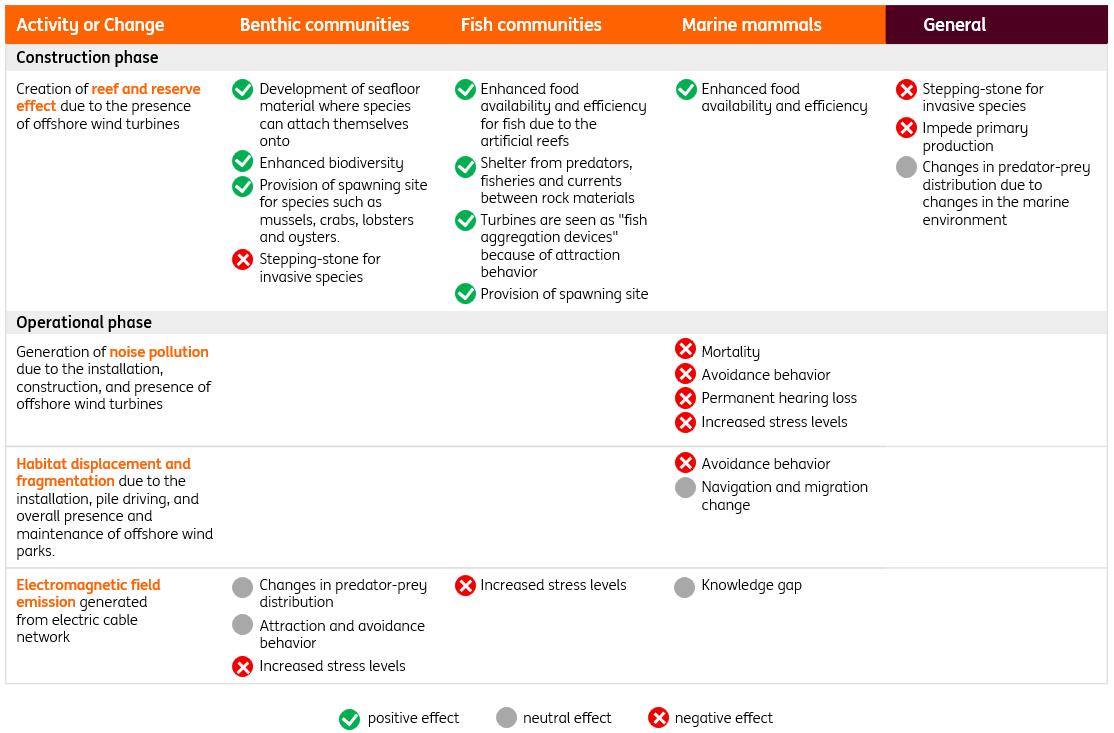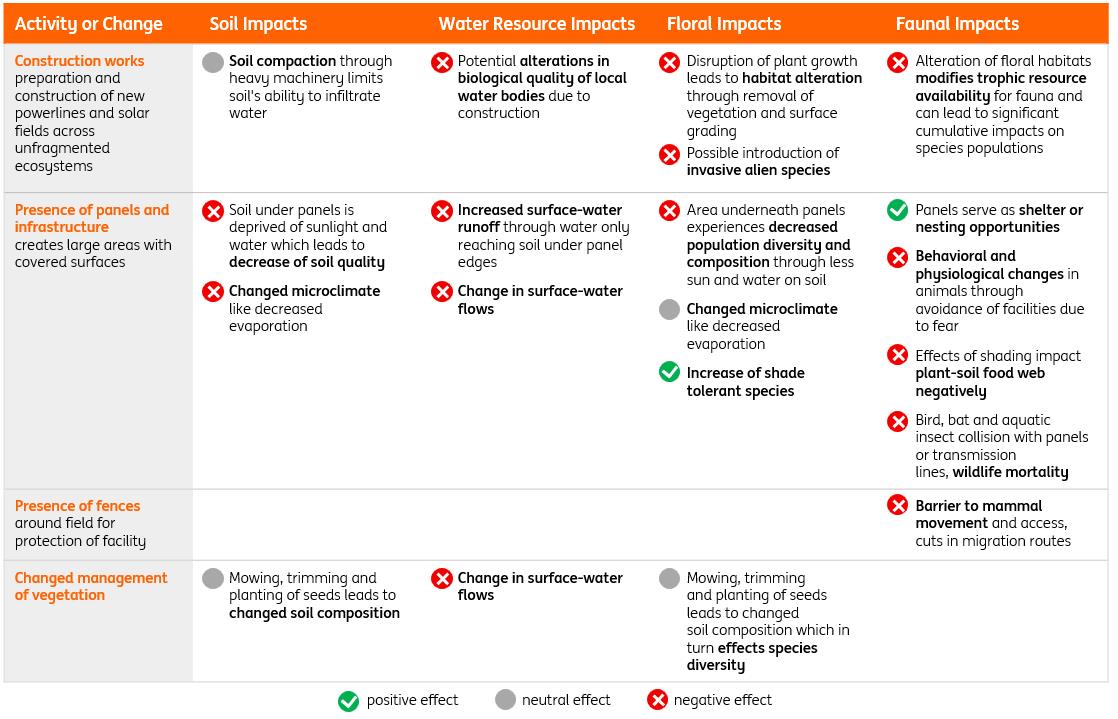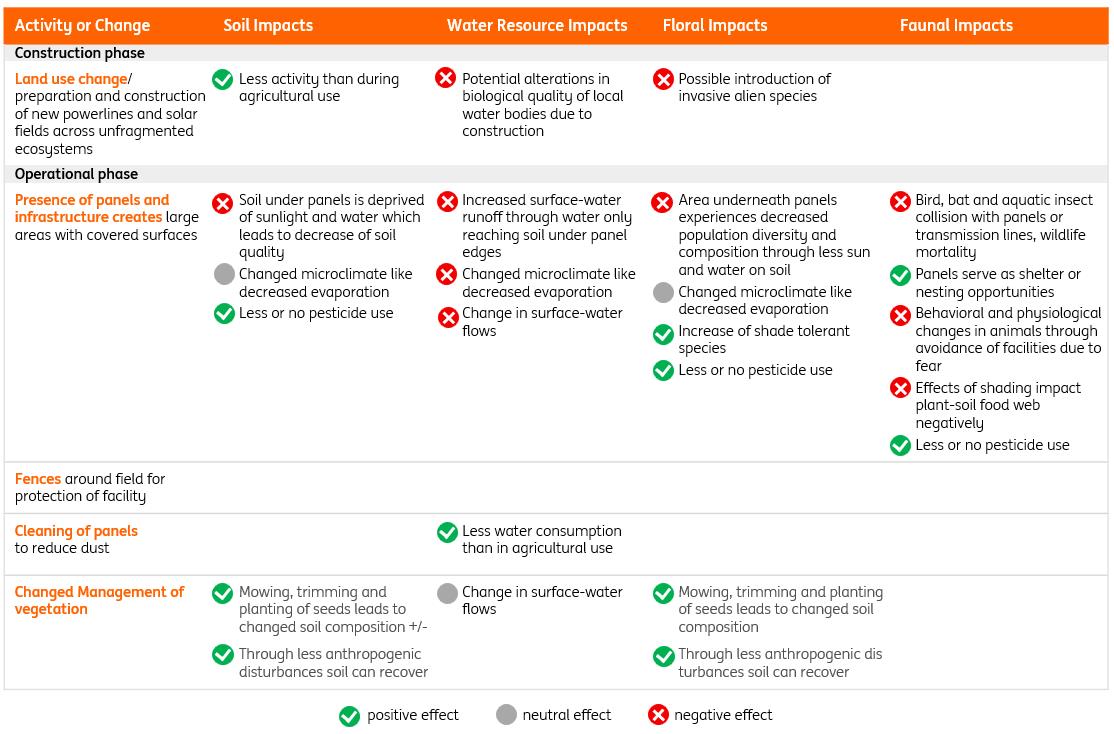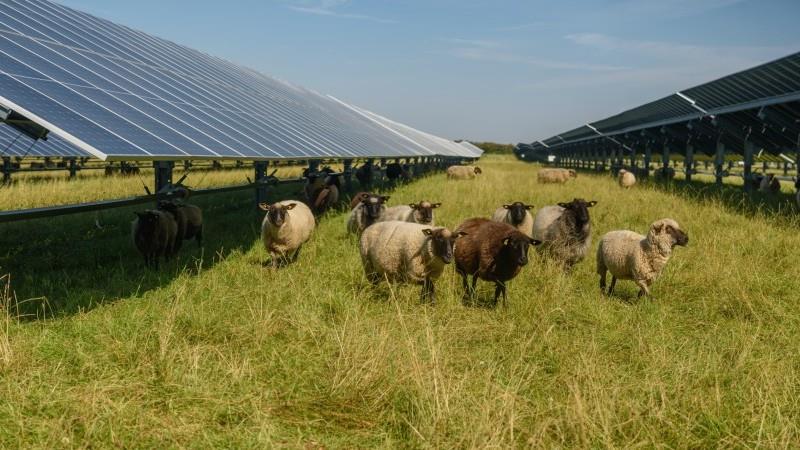
Don't Build Renewables At Nature's Expense: My Message To Corporate Leaders
Renewables and nature restoration can go hand-in-hand if projects are designed thoughtfully. Solar and wind farms can support biodiversity, but only when their location and design are carefully considered.
Market forces alone are not enough to deliver nature-positive outcomes; regulation is essential. Voluntary credits and market incentives may be insufficient to ensure meaningful biodiversity gains, and clear regulatory standards are needed.
Nature-positive measures in renewables are often low-cost or even revenue-generating, but require upfront commitment. Simple changes like animal-friendly fencing or pollinator plantings can benefit nature without significant extra cost, and some innovations can even boost returns.
Embedding nature restoration into renewable energy projects is a strategic boardroom opportunity. Corporate leaders need to treat nature as a core business priority, integrating biodiversity goals with climate action for measurable, long-term benefits.
Corporate leaders right now must address two urgent priorities: They've got to rapidly scale up renewable energy to reduce emissions. And they've also got to try harder to restore nature and stem biodiversity loss.
Both goals seemed at odds to me, until recently. Utility-scale solar fields hardly resemble the forests I love to hike in, and as someone who enjoys birdwatching, I'm keenly aware of the threats wind turbines can pose to bird populations. But I've changed my mind. Here's why.
Renewables provide leaders a practical way to contribute to nature restorationResearch shows that the impact of solar and wind farms on biodiversity can be both positive and negative, depending on how and where these projects are built. The key takeaway is that the energy transition can support or damage nature, and it's up to us to shape the outcome.
The location and ecological context of each project are critical. Building wind farms on sensitive marine habitats or migratory routes can be highly damaging, while clearing forests for solar fields is counterproductive. However, installing solar panels on intensively farmed land can actually improve biodiversity. In other words, careful spatial planning makes all the difference.
There is growing evidence that, if designed thoughtfully, renewable projects can deliver clear benefits for biodiversity, as you can see in the charts below.
For instance, solar fields can be paired with pollinator-friendly plantings to support insect populations. Small mammals benefit too, provided that fencing allows movement and installations are protected from animal interference. Increasingly, I see birds foraging in solar parks with native vegetation.
Offshore wind farms can also create new habitats. Reefs formed around turbine monopiles can support fish and benthic communities, right on the ocean floor, especially when fishing is restricted in their vicinity, creating a 'nature reserve effect.'
These examples show that with the right approach, renewables and nature can go hand-in-hand.
Balancing renewable energy with natureUnlocking co-benefits in large-scale solar fields.
Destroying nature just to build a solar field is wrong given the level of deforestation. We might get sustainable energy production from acres of solar panels, but think again! If we integrate biodiversity alongside the industrial products, nature can thrive.

Source: ING Research Ranging from low cost to essential investments
And here's another clear message: these nature-positive measures don't have to come at extra cost. Installing animal-friendly fencing costs roughly the same as standard fencing, for instance.
The extra structures for taller solar panels and native seeds represent only a small fraction of total project costs. Some initiatives, such as farming shellfish around offshore wind turbines, even generate additional revenue. However, when significant land is needed for restoration, costs rise, especially in densely populated areas. Spacing solar panels to benefit wildlife may require more land to generate a certain amount of energy, or it may reduce energy output given a fixed plot size, impacting project returns.
In regions battling climate stress and desertification, solar panels can offer vital benefits by providing shade for crops and natural habitats. Combining solar fields with agriculture (agrivoltaics) can be essential for sustaining food production. The structures supporting these panels can also be used to mount crops and install irrigation systems. Some even track the sun's movement, optimising both energy output and shading for crops, plants and animals. In such cases, the cost increase is less of a barrier compared to the urgent need to sustain food production and protect the local habitats.
Environmental impact of bottom-fixed offshore wind farms
Source: ING Research Tradable credits for carbon and nature: helpful but not a complete solution
So how do we get more of this? In my view, market forces alone are unlikely to ensure these positive outcomes. Renewable energy developers currently operate under pressure to minimise costs and maximise returns, which can lead to choices that ignore ecological value. To strengthen the business case, many developers are turning to voluntary carbon markets as a way to monetise nature-related benefits.
While carbon credits are well-established and widely available for solar and wind projects, monetising biodiversity benefits through these markets remains challenging. 'Nature credit' systems, such as US water credits and Austria's water credit initiatives, primarily focus on water quality improvements rather than supporting renewables. The EU's Carbon Removals and Carbon Farming Certification (CRCF) Regulation will require biodiversity monitoring for certified carbon farming projects starting in 2026, but this offers limited direct benefit for renewable energy. The UK's Biodiversity Net Gain Policy stands out by requiring at least a 10% biodiversity net gain for renewable energy projects, allowing developers to purchase or sell biodiversity units or credits.
However, for most solar and wind developers, direct monetisation of biodiversity benefits through nature credits is still limited. Typically, carbon credits remain the main option, with projects delivering extra community or biodiversity benefits earning the Climate, Community & Biodiversity (CCB) label. According to Rystad Energy, CCB-certified carbon credits command a premium of $1.50 to $2.00 per ton of CO2 over standard credits. While these premiums generate additional revenue, they typically support only basic, low-cost actions, making more impactful measures difficult to finance.
So, credits are far from a complete solution, and they are not likely to become one soon. The European Emissions Trading System (ETS), for example, took almost two decades to reach price levels that drive meaningful emission reductions. With nature, we do not have the luxury of time. As Mark Carney, the then Governor of the Bank of England, famously warned a decade ago about the "tragedy of the horizon" when referring to climate change: by the time we feel the loss, it's too late.
Environmental impact of ground mounted solar PV installationsWhen placed on previously undisturbed or natural land

Source: ING Research Regulation: essential for aligning climate, nature, and economic goals
This underscores the critical role that regulation plays in advancing nature-positive outcomes where market mechanisms alone may fall short. Nature is a public good which justifies public investment. It would be a mistake to assume that market forces alone will incentivise developers and investors to deliver nature benefits, particularly the expensive, high-impact measures. If the business case doesn't stack up, regulation will eventually be needed. So why not start there?
There are some good Intentions. Some nature-related criteria now appear in tenders or approval processes for large-scale projects, but governments struggle to assess and compare the nature impacts of competing bids. This lack of clear standards frustrates developers, who often receive little feedback on why their proposals were less successful in delivering nature benefits compared to the winning bid. As a result, transparency and incentives for innovation remain weak.
Environmental impacts of ground mounted solar PV installationsWhen placed on former agricultural land

Source: ING Research The boardroom opportunity
Traditionally, corporate sustainability strategies have treated emission reduction and nature restoration as separate priorities, with the latter often considered outside a company's typical scope of action. When nature is brought into boardroom discussions, the emphasis tends to be on addressing climate risks and strengthening business resilience, rather than on actively restoring natural ecosystems.
In contrast, renewable energy development is already closely aligned with most companies' core operations. This alignment presents a powerful opportunity: by embedding nature-positive measures into renewable energy projects, organisations can bridge the gap between emission reduction and ecosystem restoration. As a result, nature becomes a strategic boardroom priority, one that corporate decision makers can address through clear, actionable initiatives that deliver measurable benefits.
With special thanks to Irthe Schoute and Johanna Diederichs for excellent research assistance on the environmental impact chains of large-scale onshore solar fields and offshore wind farms.

Legal Disclaimer:
MENAFN provides the
information “as is” without warranty of any kind. We do not accept
any responsibility or liability for the accuracy, content, images,
videos, licenses, completeness, legality, or reliability of the information
contained in this article. If you have any complaints or copyright
issues related to this article, kindly contact the provider above.
Most popular stories
Market Research

- Xmoney Launches $XMN On Sui, Expands Listings Across Global Exchanges
- Ozzy Tyres Grows Their Monsta Terrain Gripper Tyres Performing In Australian Summers
- Cregis And Kucoin Host Institutional Web3 Forum Discussing Industry Trends And Opportunities
- Superiorstar Prosperity Group Russell Hawthorne Highlights New Machine Learning Risk Framework
- Dexari Unveils $1M Cash Prize Trading Competition
- Xdata Group Named Among The Top 66 Saas Innovators In Techround's 2025 List




















Comments
No comment